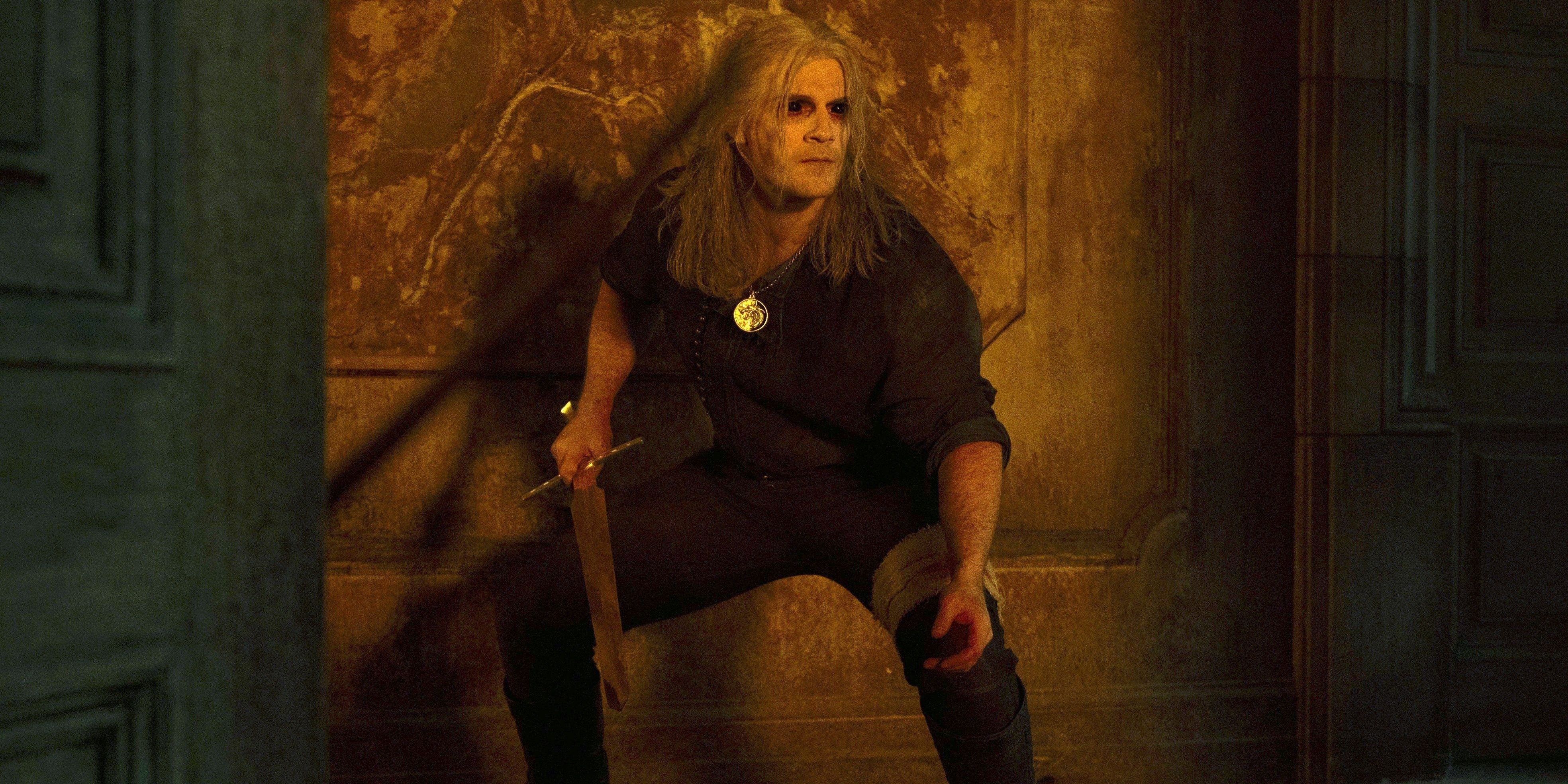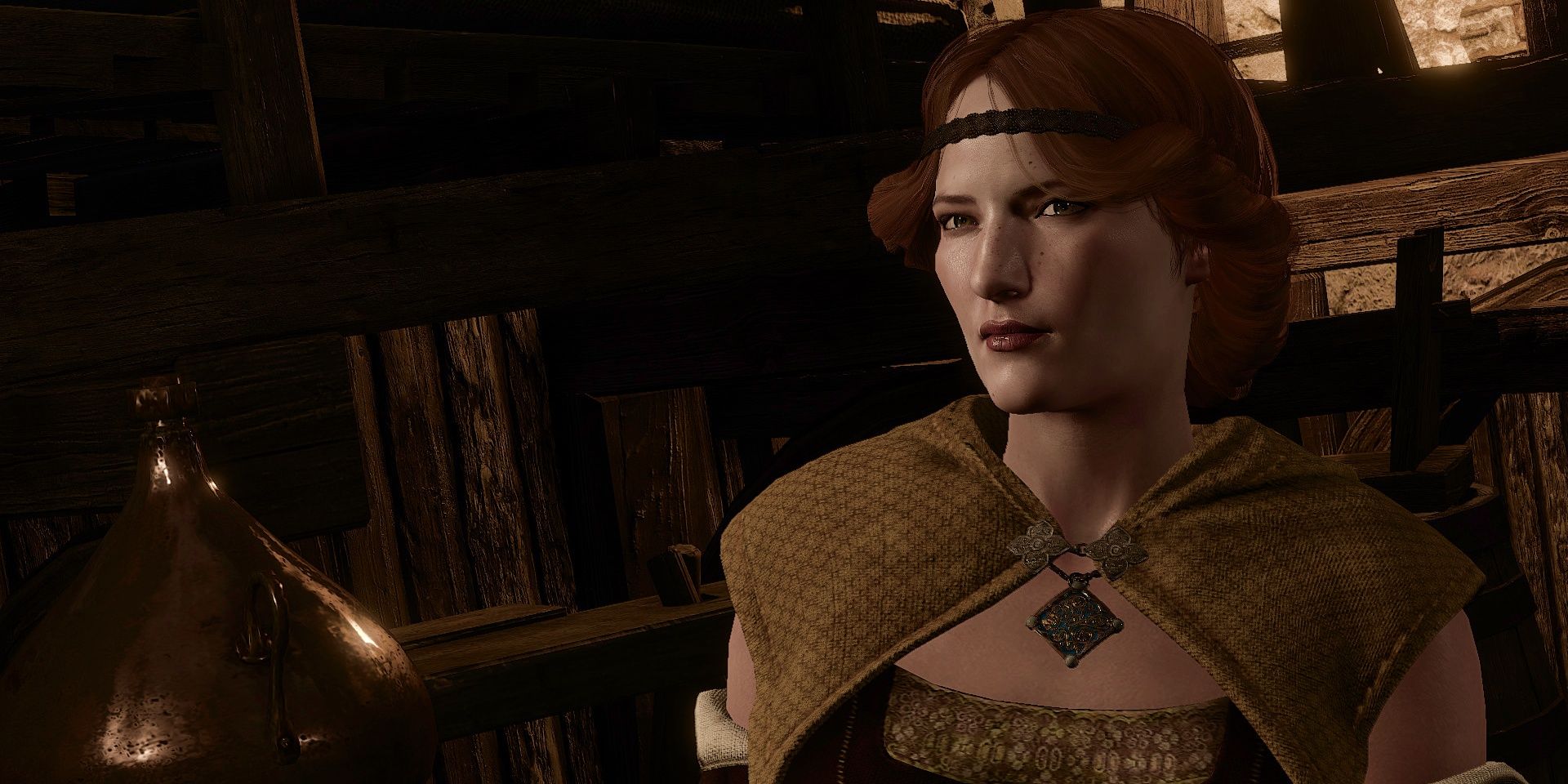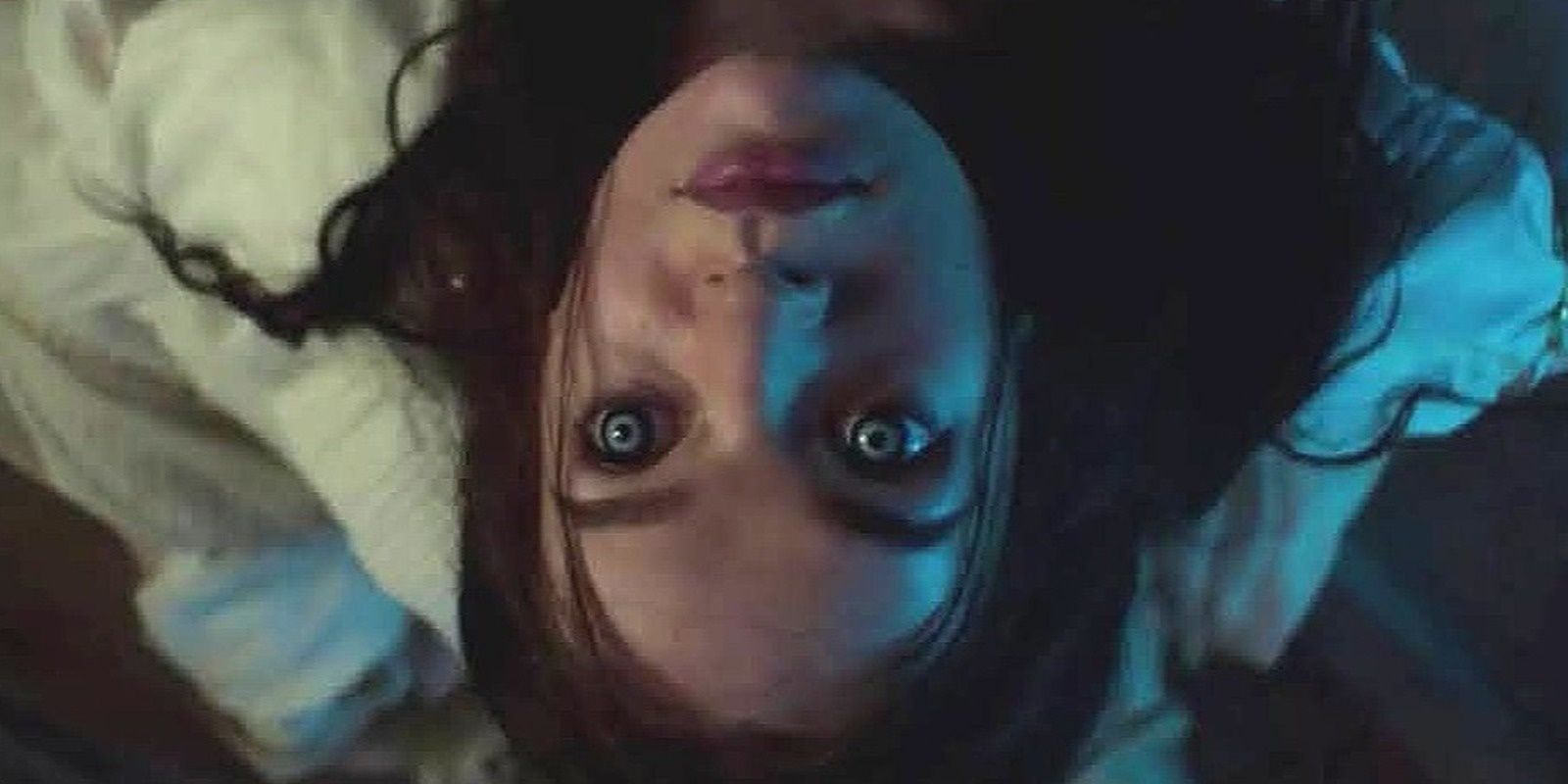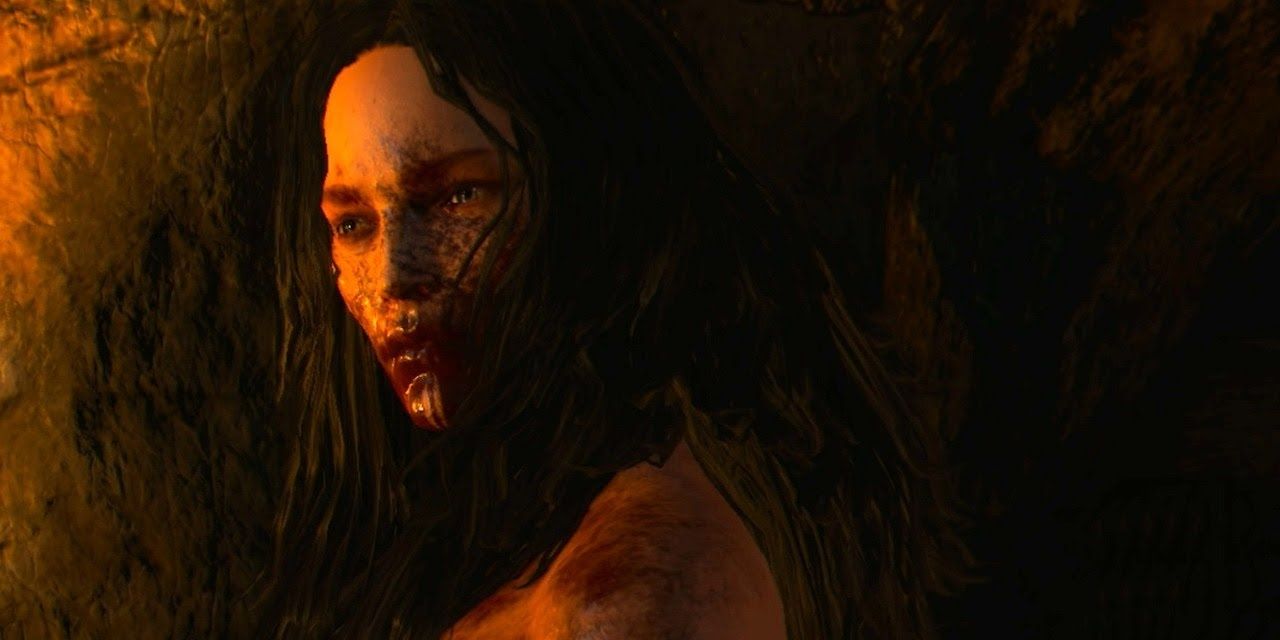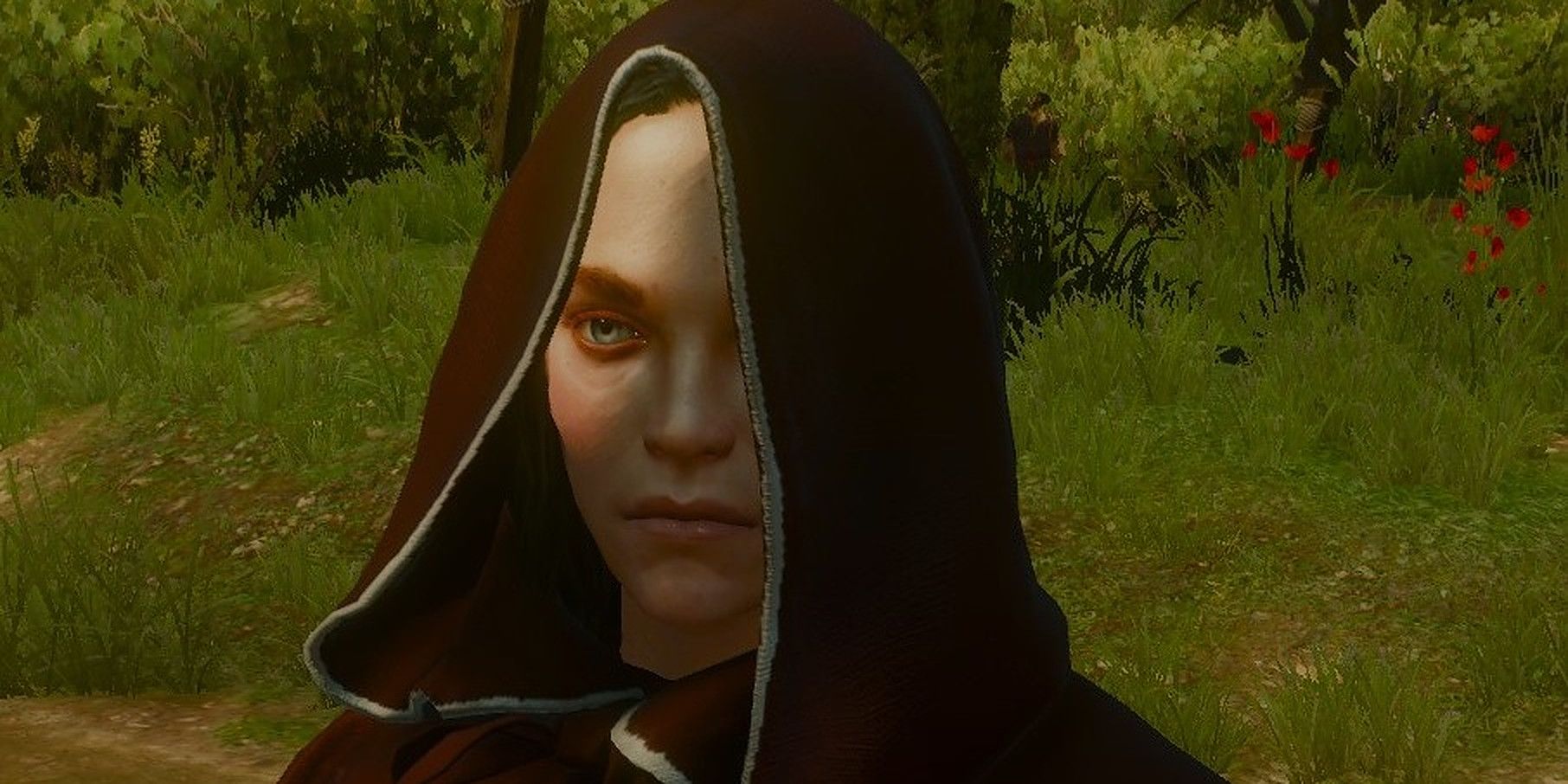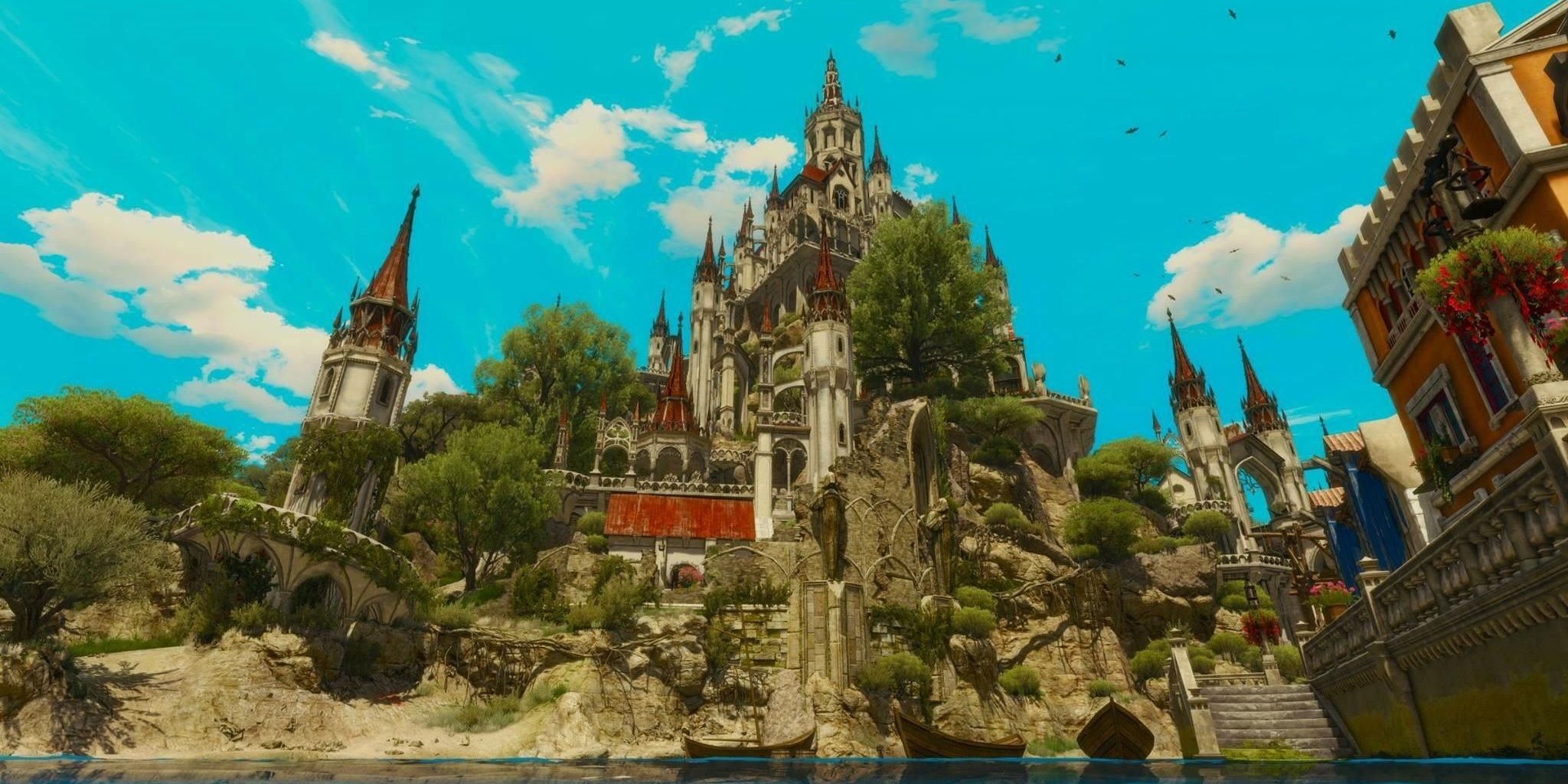The Witcher books, games, and the Netflix series are all full of dangerous enemies, both humans and monsters alike, that Geralt has to face. Among these, vampires are some of the most dangerous creatures in the world of The Witcher, especially Higher Vampires. While bruxae aren't Higher Vampires, they're still extremely dangerous and intelligent, and can pass unnoticed by people which gives them an advantage.
Even Geralt sometimes has a hard time dealing with these creatures considering their strength, speed, and other powers. The bruxae are fairly popular antagonists in the series, but there are still some details about them the fans might have missed, especially if they haven't played the games and only watched the series.
6 They're More Attached To Humans
While there seems to be no love lost between bruxae and humans, they still can't live without humans. Unlike Higher Vampires, such as Regis or Dettlaff, bruxae seem to need human blood to survive. As a result, it's necessary for them to reside near human settlements where they can feed.
Blood doesn't function like alcohol for them as it does for Higher Vampires; rather, bruxae can't go on without it for a longer period of time. Thus, an excellent choice for bruxae is to live inside a large city or nearby so that they have constant access to fresh blood.
5 Orianna Might Be A Bruxa, But She Acts Like A Higher Vampire
One of the greatest mysteries and unanswered questions that The Witcher 3 poses is: what exactly is Orianna? In the trailer for the game, Orianna acts like a bruxa, and Geralt manages to kill her, which he couldn't do if she were a Higher Vampire — only another Higher Vampire could kill her if that were the case. However, in the game, Orianna is a good friend of Regis and Dettlaff, and she doesn't react to Dettlaff's call when he orders bruxae and other lesser vampires to attack the city.
Finally, the Unseen Elder entrusts the key to his lair to Orianna. It's difficult to imagine he would just give it to an ordinary bruxa, considering how much he detests visitors. The most plausible explanation is that Orianna was originally supposed to be a bruxa, but the developers later changed her into a Higher Vampire.
4 They Often Take Human Lovers
Even though bruxae aren't Higher Vampires, they're still more evolved than other vampire types, such as fleders. They're even capable to form relationships with a human and take human lovers. However, this relationship isn't always mutually beneficial.
In the first episode of the second season of The Witcher, Nivellen seems all right with Vereena drinking his blood; however, some humans become victims to the bruxae who seduce them, take control over their minds, and feed on them regularly until they most likely die. The Witcher 3 has an instance of this when Geralt comes across the letter of a woman who's been seduced by a female vampire, even though she was never interested in women before.
3 They're Beautiful
Another major difference between bruxae and other lesser vampires is that bruxae are often beautiful. Once again, this might serve to help them lure in a human lover on whom they can then feed regularly whenever they need blood.
In The Witcher 3, bruxae are portrayed as dark-haired women with piercing eyes. They can be considered very beautiful, at least until they succumb to their lust for blood and show their real, much more monstrous face. This happens to coincide with a significant theme of The Witcher: that it's not someone's appearance that makes them monsters, but their actions.
2 They Can Walk In Sunlight
The popular myth is that vampires are afraid of or harmed by sunlight, and thus cannot go outside during the day. That's not quite the case for bruxae. While they tend to shield their face from the light of day, usually by wearing a hood in The Witcher 3, they can still freely move around outdoors during the day, and the sun doesn't hurt them in any way.
The sunlight also doesn't diminish their powers, so even when Geralt fights the bruxa at Corvo Bianco during the day (albeit in a cellar), she seems to be at her full strength. However, just like a lot of vampires, the bruxae still seem to prefer night and darkness in The Witcher.
1 Beauclair Is Full Of Them
As the royal city of Toussaint, Beauclair should by all counts be extremely safe and free of any monsters. That's not quite the case in The Witcher 3, though, as many bruxae are in the city, hiding in plain sight. This is only a theory, but it is a plausible one nonetheless, based on all appearances of bruxae in the game.
If Geralt roams the streets of Beauclair, he will come across beautiful hooded women with dark hair. They not only look like bruxae in their human form, but another interesting thing about them is that if Geralt tries to use the Axii sign on them, they react in a different way than most The Witcher 3 NPCs, suggesting that these women are indeed vampires who quite possibly live in Beauclair.

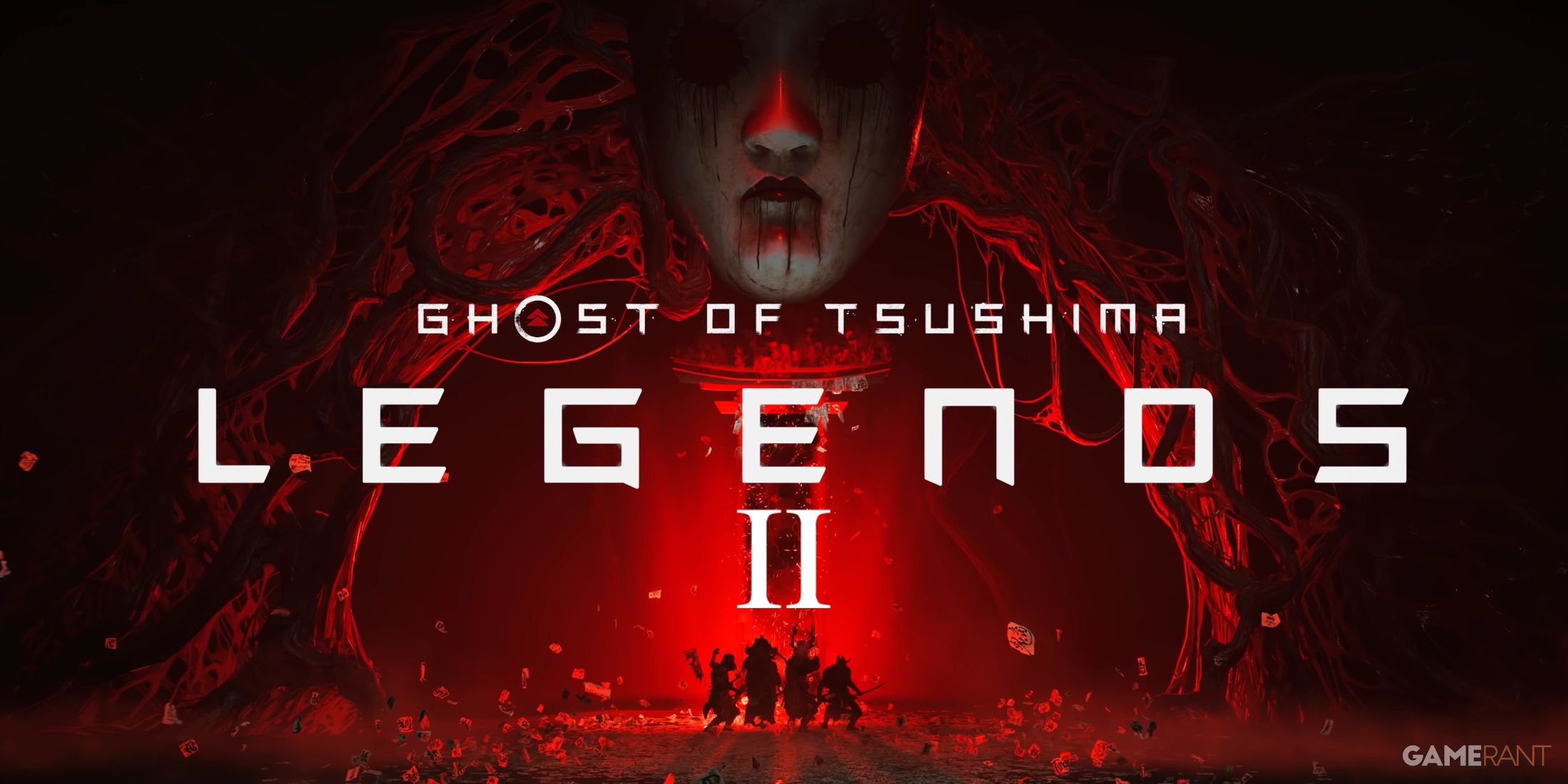
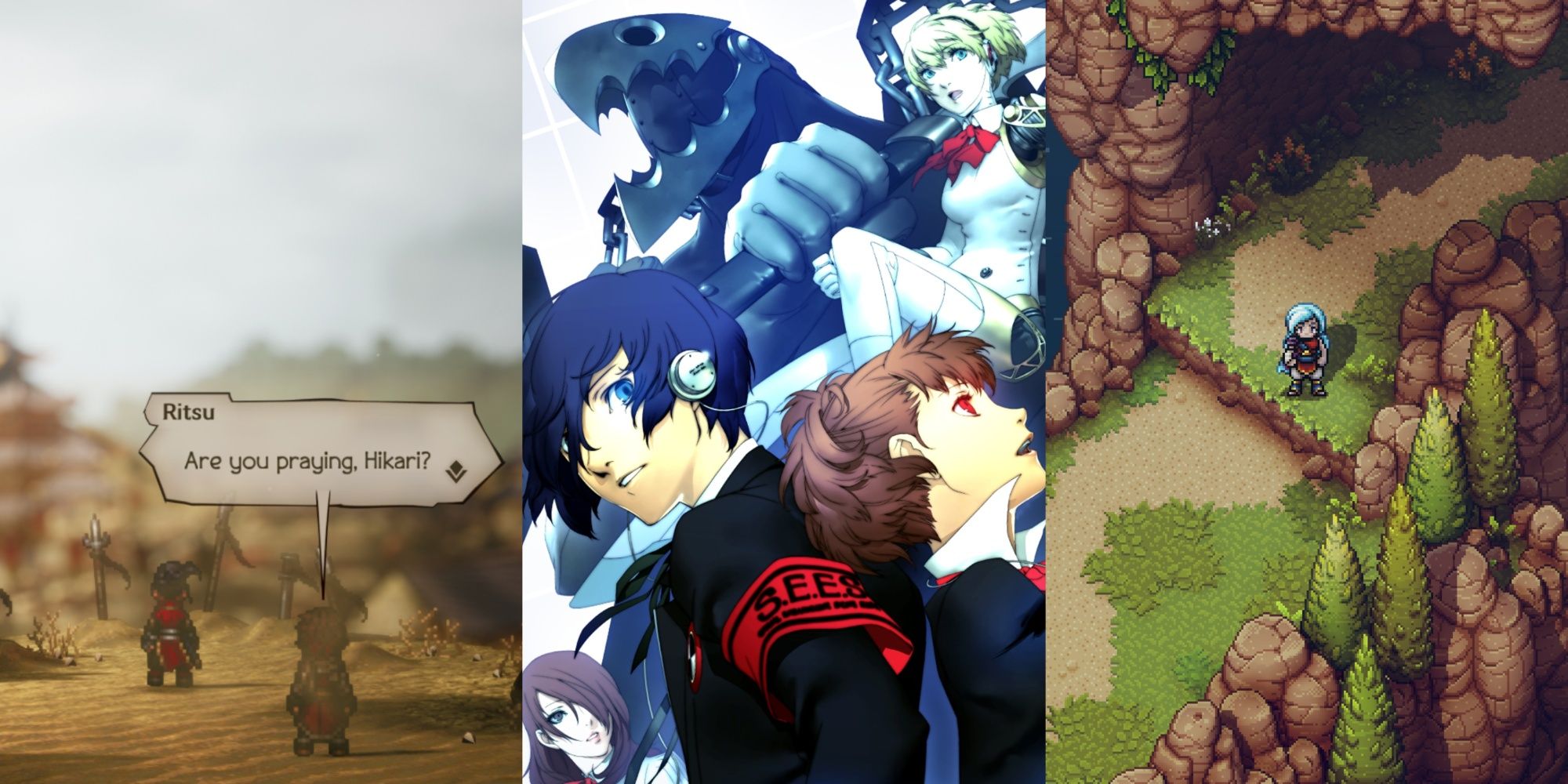
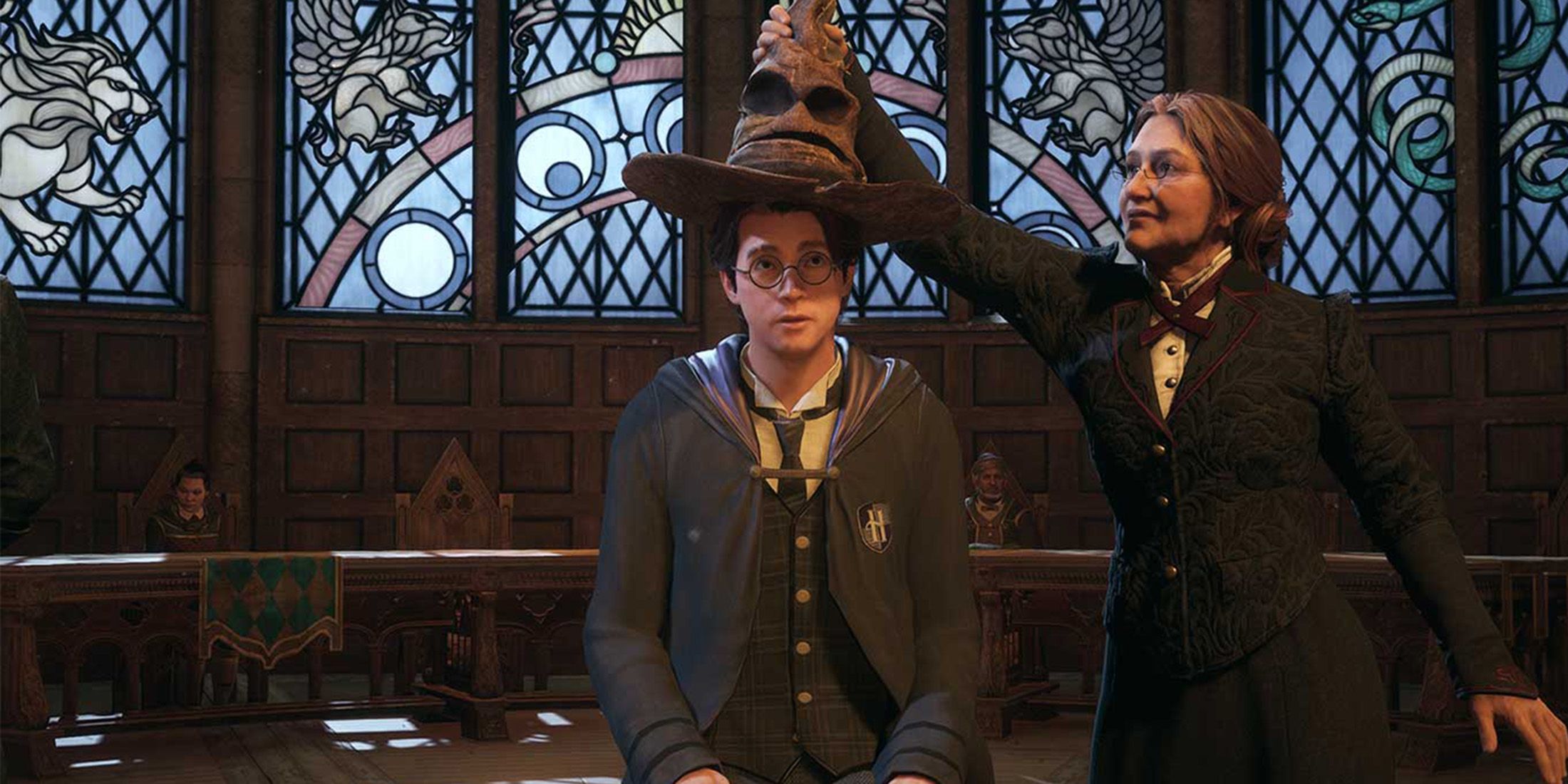
.jpg)
